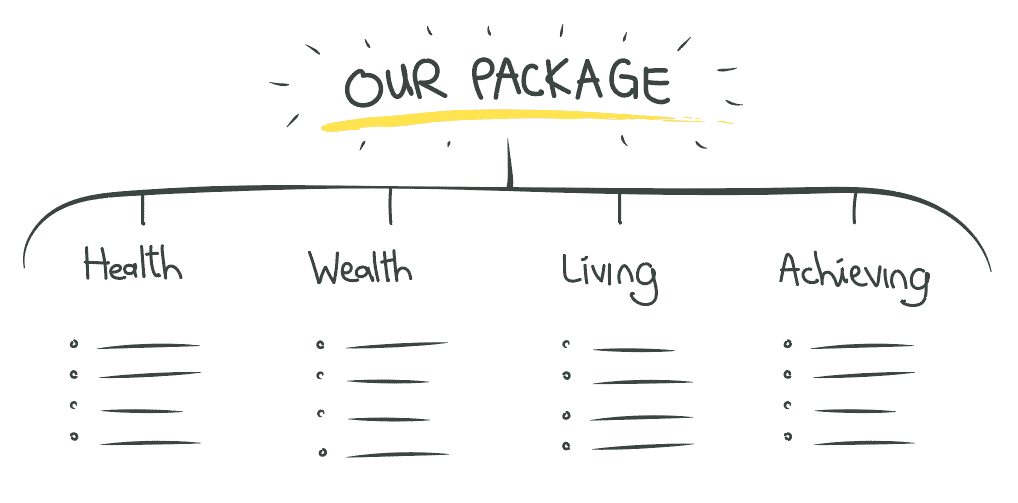

We often talk about the power of developing your brand from the inside out. But how do you achieve that? Well, we believe it starts by defining your Employee Value Proposition (EVP). In this post we’ll aim to simplify what an EVP is and why you need one. And explain how it should sit at the heart of your employer brand.

What is an EVP?
Your EVP is what makes your company unique. It’s your character and values, the things you have to offer and the opportunities you make possible for your employees. It needs to answer:
Put simply, it’s ‘the deal’ between employer and employee. It not only describes the values and behaviours expected of the employee but what they get in return, beyond the pay check. It’s something you should care about because it helps you to attract and retain the right talent for your business. It also boosts employee engagement and can save you valuable time and money by continually struggling to find people who are the right fit.
So, how do you develop one?
It’s easier than you might think – we’ve distilled it down to just three simple steps.
1. Focus on where you want to go
A successful EVP should support your business strategy. You should look to translate the strategy into the specific people skills, experience and competencies required to execute it. If there is not a golden thread between the strategic vision and the required people attributes, your value proposition won’t necessarily be successful in acquiring and retaining who you need.
2. Gather insights and importantly, listen
First up, review the data you currently have available to you, for example employee engagement or exit surveys and recruitment and retention stats. This might seem like an overwhelming task but it’s an important one. Look for the key trends and recurring themes – what do people love about life in your organisation, what do they wish you did better?
If you listen well we guarantee this will bring valuable insight, but we also recommend engaging your employees throughout the creation of your EVP. Too often a consultancy is brought into work with the senior leadership team, and ‘ta-da’ – the new EVP is delivered like that surprise gift you wish you had had the chance to comment on.
This engagement doesn’t need to be a complex time consuming task. It could be a series of well designed workshops with existing employees from different parts of the business, completed over the course of a week for larger organsiations. For SMEs this could wrapped up in a single day.
3. Create and communicate
Now it is time to create your new EVP. Remember, it needs to answer the following questions:
You may choose to create a simple overarching statement: this will become the essence of your employee experience and employer brand. We often include this as an exercise in our EVP workshops, looking to join the dots between the EVP and company vision — so we may have already cracked it or it might need some creative finessing.
Most importantly, underneath the proposition should be the tangible things which make up the deal between employee and employer:
Aligned values
If your existing values and behaviours don’t align with your proposition, you have multiple versions across your organisation or you don’t have any at all, it might be time to focus on value development. Remember, values are not just words on a page. They need to be ‘lived’ throughout the organisation by leaders and employees.
A great package
What makes up the package which supports your employees’ development and well-being? This will include the usual detail on pension, bonus and medical schemes, but also it should define: learning and development opportunities, health and well-being incentives, charity and community partnerships, reward and recognition programmes and those ‘icing on the cake’ benefits like birthdays off, discounted services or the option to buy or sell annual leave days.

Defining your EVP clearly is an important step, but that alone is not enough: in order to inspire and engage, it must be effectively communicated. This is why it should sit at the heart of and inform your employer brand.
Our friends at the Chartered Institute of Professional Development (CIPD) suggest that ‘a strong employer brand helps businesses compete for the best talent and establish credibility. It should connect with an organisation’s values and must run consistently through its approach to people management.’
We completely agree with this explanation. When we talk to our customers about the employer brand, we define it in three simple ways:
We hope this short post has helped explain the EVP and employer brand, how they’re connected and why your EVP might need some attention.
We’re here to help at any point on your journey to bring your brand to life from the inside out.